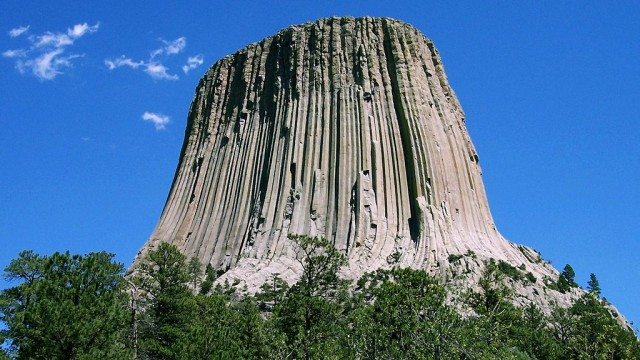
Eric Galatas, WYOMING NEWS SERVICE- In the wake of state and congressional efforts to hand over national lands to states, a new study shows rural counties in Wyoming with more federal lands do better than counties with less.
While some parts of the West are struggling, said report author Megan Lawson of Headwaters Economics, counties with more public lands saw faster growth in population, employment and personal income.
“Public lands are not necessarily a silver bullet,” she said, “but they can provide opportunities for economic diversification – not just natural resource extraction – but they can also encourage tourism, they can encourage new residents who move there for the quality of life.”
The study charted key economic indicators in 276 western counties between 1970 and 2014. The U.S. House of Representatives is considering House Resolutions 3650 and 2316, bills that would allow states to seize national lands for drilling and logging, and last week two measures in Wyoming taking aim at public lands died in the Legislature.
The economy of the West has changed dramatically over four decades, the report found, and most jobs now are in the service industry, such as doctors, engineers, teachers and accountants. Lawson said many rural areas continue to be tied to energy production and increasingly are dependent on retirement income. She said there also can be a downside to growth if counties fail to make plans for low-income housing and transportation.
“It’s such a double-edged sword,” she said. “Some of these places that are experiencing rapid booms also experience rising housing costs, increasingly unaffordable costs of living, and teachers and firefighters have to live down the valley or in another county.”
Lawson said counties with the most restrictions on mining and drilling – national parks, monuments, and wildlife refuges – saw the highest growth in personal income.
The report is online at headwaterseconomics.org. The text of HR 3650 is here and the text of HR 2316 is here.


